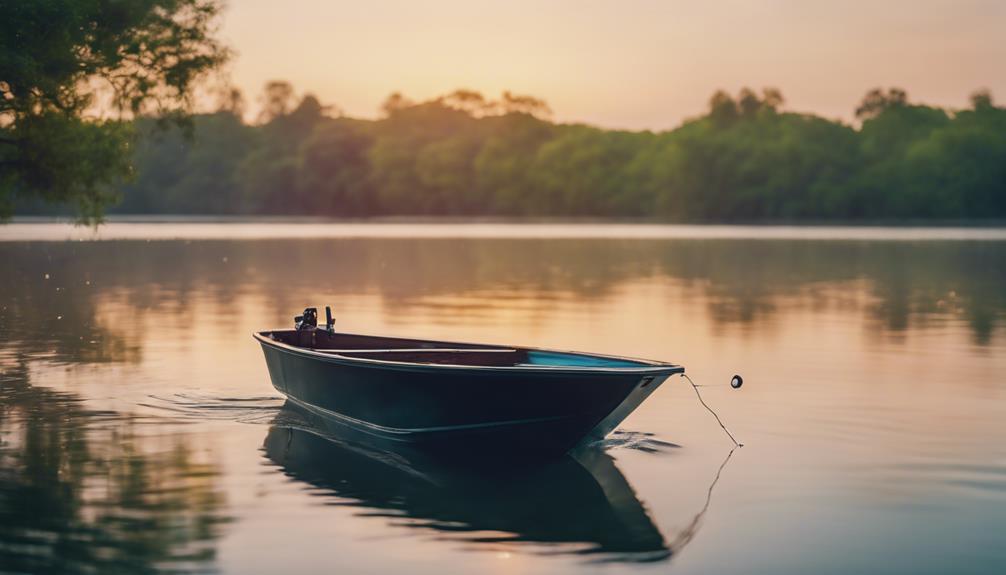—
# The Ultimate Guide to Types of Fly Fishing Flies
Fly fishing is a unique and rewarding method of angling that has captivated enthusiasts for centuries. One of the most crucial elements of fly fishing is the selection of the right fly. With countless types of fly fishing flies available, understanding their characteristics and uses can significantly enhance your fishing experience. In this comprehensive guide, we’ll explore the different types of fly fishing flies, their purposes, and how to choose the best fly for your next fishing trip.
Understanding the Basics of Fly Fishing Flies
Fly fishing flies are artificial lures designed to mimic the appearance and behavior of insects and other prey that fish typically eat. These flies are crafted from various materials, including feathers, fur, and synthetic fibers. The primary goal is to entice fish to bite by presenting a convincing imitation of their natural food sources. There are two main categories of fly fishing flies: dry flies and wet flies. Understanding the function of each type is essential for effectively targeting different fish species in various aquatic environments.
Dry Flies: Floating Imitations of Aquatic Life
Dry flies are designed to float on the surface of the water, mimicking adult insects or other prey that fish may find on the water’s surface. These flies are typically lightweight and feature a buoyant design, allowing them to stay on top while imitating the delicate movements of insects. Common examples of dry flies include the Adams, Elk Hair Caddis, and Blue Winged Olive. When using dry flies, anglers often focus on areas with visible insect activity, such as hatches or rising fish. Mastering the use of dry flies can be incredibly rewarding, as it often leads to spectacular surface strikes from fish.
Wet Flies: Subsurface Imitations for Deeper Waters
In contrast to dry flies, wet flies are designed to sink below the water’s surface. These flies imitate larvae, nymphs, and other aquatic life that fish often feed on underwater. Wet flies can be fished at various depths, making them versatile for targeting fish in different conditions. Popular wet flies include the Woolly Bugger, Pheasant Tail Nymph, and Hare’s Ear Nymph. When using wet flies, anglers typically employ techniques such as retrieving, swinging, or dead-drifting to simulate natural movement and entice fish to strike.
Streamers: Imitating Larger Prey
Streamers are a category of fly fishing flies designed to mimic larger prey, such as baitfish, leeches, or larger insects. These flies are generally larger and heavier than both dry and wet flies, allowing them to be cast farther and retrieved at various speeds. Streamers are particularly effective for targeting predatory fish, such as trout, bass, and pike. Some popular streamers include the Clouser Minnow, Muddler Minnow, and Zonker. When fishing with streamers, anglers often use techniques such as stripping, jigging, or swinging to create enticing movements that attract fish.
Nymphs: The Underwater Life Cycle Stage
Nymphs represent the immature stage of aquatic insects and are a crucial part of a fish’s diet. Nymph fishing has gained popularity due to its effectiveness in catching fish during various times of the year. Nymphs are typically fished below the surface and can be presented using techniques such as dead-drifting or indicator fishing. Some well-known nymph patterns include the Copper John, San Juan Worm, and Zebra Midge. Understanding the life cycles of aquatic insects and the specific nymph patterns that mimic them can greatly improve your success rate while fly fishing.
Specialty Flies: Unique Patterns for Specific Situations
In addition to the primary categories of fly fishing flies, there are numerous specialty flies designed for specific fishing situations or species. These can include patterns that mimic specific local insects, attractor flies, and even flies designed for saltwater fishing. Specialty flies can provide a significant advantage when targeting fish that may be less responsive to traditional patterns. Examples include the Stimulator for large stoneflies, the Griffith’s Gnat for midges, and the Clouser Deep Minnow for saltwater species. Experimenting with specialty flies can yield exciting results and enhance your overall fly fishing experience.
Choosing the Right Fly: Factors to Consider
Selecting the right fly fishing flies is crucial for a successful fishing trip. Several factors should be taken into account, including the time of year, water conditions, and the specific fish species you are targeting. Pay attention to local insect hatches and the natural food sources in the area to determine which flies are most effective. Additionally, consider the water temperature, clarity, and flow rate, as these elements can influence fish behavior and feeding patterns. By observing and adapting to these factors, you can dramatically increase your chances of a successful catch.
Conclusion: Mastering the Art of Fly Fishing Flies
In conclusion, understanding the various types of fly fishing flies and their applications is vital for any angler looking to improve their skills and increase their success on the water. From dry flies and wet flies to streamers and nymphs, each category offers unique advantages depending on the fishing conditions and fish species targeted. By familiarizing yourself with these flies and considering essential factors when choosing them, you can elevate your fly fishing experience to new heights. Embrace the art of selecting the right fly fishing flies and enjoy the thrill of connecting with nature as you reel in your next big catch. Happy fishing!
—
By following this structured format and incorporating relevant keywords naturally throughout the text, this blog post is optimized for search engines while providing valuable information to readers interested in fly fishing.
